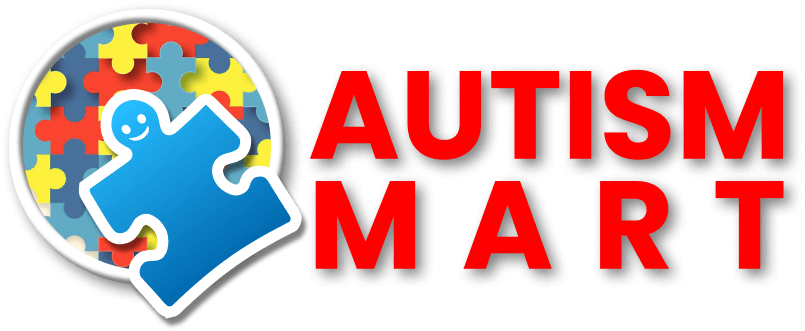Our world is a host to various people who live in a unique manner that can be difficult for others to understand. Individuals who have autism spectrum disorder (ASD) are individuals whose brain development is different than typical individuals, which can make it difficult to understand why they find difficulties with certain things while being able to excel at other things. These individuals might experience sensory difficulties when given sensory input such as light, certain textures, tastes and smells, which is why they’re given toys for autistic kids. These toys can assist children with autism spectrum disorder (ASD) by providing them with a safe environment to develop their sensory skills. However, there’ve been numerous strides made in the technology sector which can be utilized to assist individuals with autism spectrum disorder (ASD). In this blog post, we’ll be discussing how technology can assist these individuals.
How Technology can be used in Autism Therapy:
There are numerous ways in which technology has been incorporated into autism therapy to assist children and adults alike who have autism spectrum disorder (ASD) to deal with their autism. Using technology allows therapists to address unique hurdles that families could face. Technology can provide individuals with autism spectrum disorder (ASD) with support in numerous kinds of ways, such as assisting them with talking to others, communicating their feelings and overall independence. The use of technology has provided us with information about how useful it is for these people as it can address serious issues that individuals with autism spectrum disorder (ASD) face daily, which can influence how much they participate in everyday life at home or in their community. For instance, technological tools such as virtual reality (VR) can be used to simulate real-life situations where these individuals could find themselves, allowing them to practice their social skills in a comfortable environment. Here are a few other technological tools that can be used to assist those who are facing difficulties due to their autism:
Augmented Reality (AR):
Augmented reality is a technological tool, too, which can be used to create environments that feel real but can’t be produced in real life. These environments can be used to provide children with autism spectrum disorder (ASD) the opportunity to focus their attention, practice their communication skills, and learn how to handle their emotions properly. This technological tool has shown much promise, as it is fairly accessible due to its low cost.
Augmentative & Alternative Communication (AAC) Devices:
Augmentative & alternative communication systems can serve individuals with autism spectrum disorder (ASD) helpfully by giving them the opportunity to let them speak to others about what they require and wish for in consistent & positive ways. Due to how useful these systems can be in enhancing how well children and their parents understand each other, they can allow themselves to minimize their frustration, stress and anxiety. You’ll be given less stress while also being able to understand your children, which can create a stronger relationship between them.
Virtual Reality (VR):
Virtual reality (VR) is a technological tool that can allow individuals with autism spectrum disorder (ASD) to utilize virtual environments to create real-world scenarios that they can control are safe, and can be used repeatedly to improve their social skills and enhance their functional development.
Advantages of Using Technology for Autism Spectrum Disorder (ASD):
There are numerous beneficial effects technology can have on individuals with autism spectrum disorder (ASD), such as:
Improving Communication Skills:
By utilizing technology, you can give children an opportunity to improve their communication abilities regardless of how well they can speak. Numerous apps and devices are meant to enhance children’s communication and allow them to express their thoughts and emotions. These tools can be used to help children who are shy and afraid talk more confidently. Numerous studies have proven how effective technology can be in addressing communication deficits.
Social Interaction Enhancement:
One other massive advantage of using technology to address issues with autism is that it can enhance the social skills of these individuals. Certain technological tools, such as virtual reality (VR), have applications meant to train these skills by creating an environment that they can control, which feels real-world-like but can be controlled.
Conclusion:
There are numerous kinds of technological devices which have been created to address the issues individuals with autism spectrum disorder (ASD) face. Such technological devices include virtual reality (VR), augmented reality (AR) and augmentative & alternative communication (AAC) devices. There are numerous positive effects they can have on individuals with autism spectrum disorder (ASD), such as improving their communication skills & social interaction. You could also try purchasing sensory toys from autistic toy shops.

